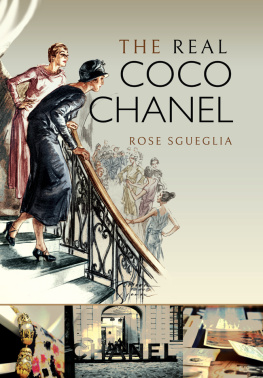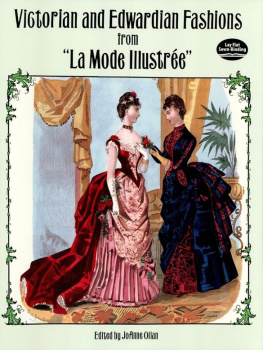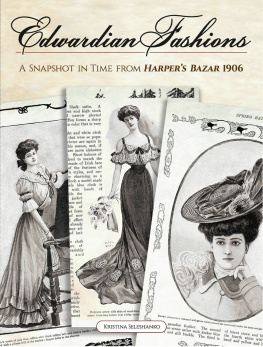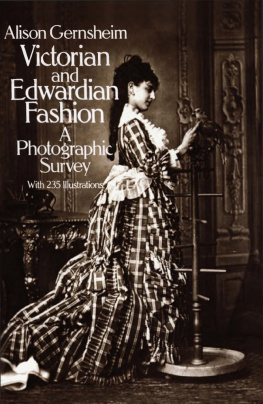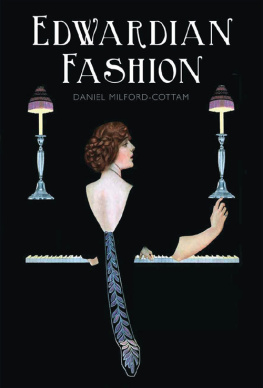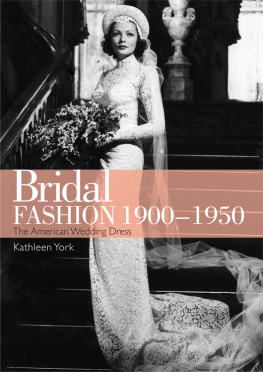
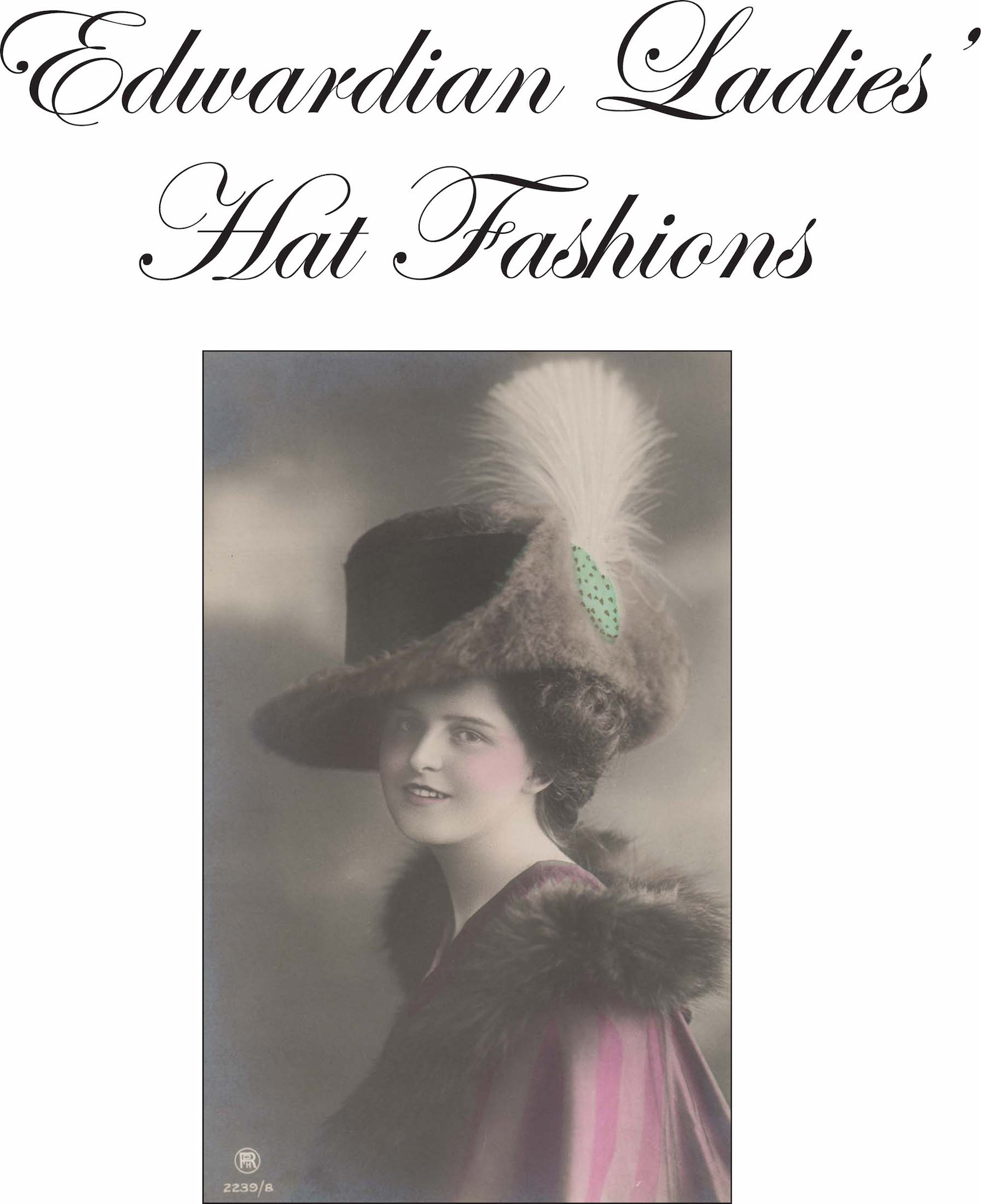
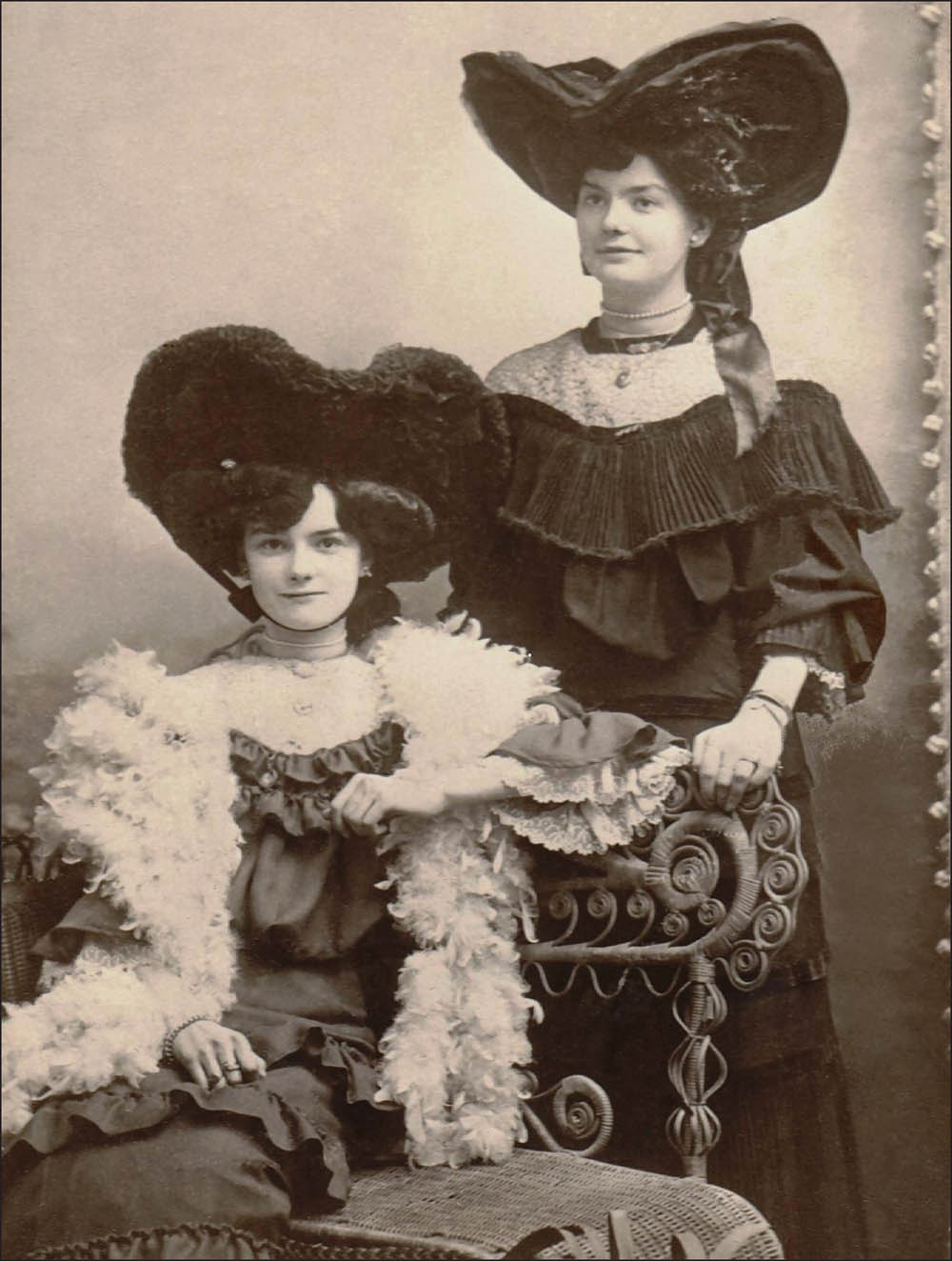
Keeping it in the family the authors own grandmother Nana Rosie (foreground) and her sister great aunt Maud taken in around 1910. An attractive young pair, all got up in their giant hats, frills and a boa. Love you girls.
First published in Great Britain in 2017 by
PEN AND SWORD HISTORY
an imprint of
Pen and Sword Books Ltd
47 Church Street
Barnsley
South Yorkshire S70 2AS
Copyright Peter Kimpton, 2017
ISBN 978 1 47388 129 7
The right of Peter Kimpton to be identified as the author of this work has been asserted by him in accordance with the Copyright, Designs and Patents Act 1988
A CIP record for this book is available from the British Library All rights reserved. No part of this book may be reproduced or transmitted in any form or by any means, electronic or mechanical including photocopying, recording or by any information storage and retrieval system, without permission from the Publisher in writing.
Printed and bound by Replika Press Pvt. Ltd, India
Typeset in Gill Sans by Chic Graphics, UK
Pen & Sword Books Ltd incorporates the imprints of Pen & Sword Archaeology, Atlas, Aviation, Battleground, Discovery, Family History, History, Maritime, Military, Naval, Politics, Railways, Select, Social History, Transport, True Crime, Claymore Press, Frontline Books, Leo Cooper, Praetorian Press, Remember When, Seaforth Publishing and Wharncliffe.
For a complete list of Pen and Sword titles please contact
Pen and Sword Books Limited
47 Church Street, Barnsley, South Yorkshire, S70 2AS, England
E-mail:
Website: www.pen-and-sword.co.uk
Contents

Dedication

T o my beloved Rose, my ever bright and shining star. For your love, your loyalty and happy smile, your valued critiques and totally unstinting patience in trying to help me master my computer and for your stoicism in failure!
And for dearest Jess one of lifes special people an ordinary yet outstanding and joyous human being who left us in 2005 in her nineties. Born in 1912 and from an age long since passed, she was an object lesson to us all with the grace, affection, wit and wisdom she showed in accepting all that life sent her way. Your humility and love will stay with us always Jess God bless you.
Also for my daughters Rachael and Elizabeth, and grandchildren Sam and Tommy, Josie and Henry, Isaac and Esme for the future with my love. Special mention also to Paul, Chris and Renate.
And not forgetting Nana Rosie, Brian the soldier and 2nd Lieutenant Norman Herbert Kimpton, who was killed aged 20 at Boesinghe near Ypres, in Flanders, on 14 July 1917.
Finally, I would be remiss if I forgot to mention all my many Edwardian girlfriends featured in this book from within my personal postcard archive, who, although sadly now long gone, have remained captured in time, ghosts of the past ever-happy and ever-beautiful with their enigmatic and knowing smiles still greeting us from over a hundred years ago. And even though we shall never meet, just a small thank you, ladies, for the pleasure you have given.
Acknowledgements

I am particularly indebted to the following who generously gave their time, advice and expertise in compiling information for this work. My thanks to them all.
To my brother Chris Kimpton, for his excellent photographic skills and advice.
Ruth Battersby Tooke and Lisa Little Curator and Curatorial Assistant respectively of the Norwich Castle Museum Costume and Textile Study Centre.
My grateful thanks to Orla Fitzpatrick Irish photo-historian, for her kind permission to use Irish Edwardian wedding images from her archive.
Thanks also to Paul Moorehead, Chairman of the Hat Pin Society of Great Britain. (Now sadly disbanded).
Similarly, I must also give special thanks to Jodi Lenocker, President of The American Hatpin Society and Leslie Woodbury (images) for their special assistance.
For her help with the Coco Chanel images and text, I am indebted to Ccile Goddet-Dirles, Direction du Patrimonie, Chanel Paris.
For their kind permission to use the Hewitt family photograph, I thank Ron Weibe and the Trustees of the Mo Museum, Sheringham, Norfolk.
Also, to Tommy Heywood-Briggs for the use of his Edwardian Bridges family wedding photograph. To Brian Turner and Martin Loader for their help with the Blackpool tram image and the Witney railway station images respectively.
Matt Jeffrey Senior Programmes Manager, The National Audubon Society of America.
Olivia Betts Media and Campaigns Co-ordinator at the The Royal Society for the Protection of Birds, UK, and Martin Fowlie Communications Manager at BirdLife International.
Anne Bissonnette Phd. Curator of the Clothing and Textile Collection University of Alberta, Canada.
Hilda Boshoff of the C.P. Nel Museum in Oudtshoorn, Western Cape Province, South Africa who has been wonderfully helpful in making available a number of period images in connection with the feather industry in that country.
No Auvlius Communications Officer for both Leighton House Museum and 18, Stafford Terrace (Linley Sambourne House) London.
The Imperial War Museum, London.
Special thanks also to Alyce Cornyn-Selby of The Hat Museum, (The National Hat Museum) Portland, Oregon, USA for her generous help and input and similarly to Deborah Burke of The Antique Vintage Dress Gallery of Stamford, Connecticut.
Preface

T he Edwardian era was the golden age of millinery, something of a craze one might argue, in which the ornamentation of hats, particularly by the use of exotic feathers, sometimes whole birds and various bits of unfortunate animals, became ever more elaborate. Looking back across the years at how our forebears lived their lives shows, if nothing else, how times, sensitivities, and of course fashions, have changed over the last century or so. In an increasingly technological world it comes, therefore, as something of a surprise to discover todays enormous and growing interest in period fashion around the globe particularly from the Edwardian era and it was this interest, in the main, which prompted me to research and write this book.
Today, the modern fashion industries across Europe, the UK and America continue to be amazing innovators, and major employers, which is another sound reason for researching their origins. Having made that point, however, one cannot hide from the fact that in more recent years, the feather, as a fashion accessory, used so widely back in Edwardian times has made something of a comeback via many of the celebrated fashion houses around the globe. Fortunately, these come from environmentally sustainable sources (so we are told) which offers a degree of reassurance in our ever shrinking world a world in which both animals and birds seem to be forever fighting a rearguard battle and, sadly, losing.
Next page

